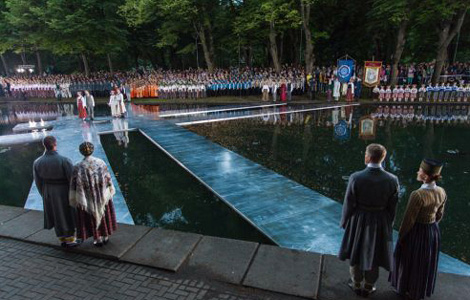No quick end in sight for Beijing smog
Updated: 2013-07-02 02:38
By WANG QIAN and ZHENG XIN (China Daily)
|
|||||||||||
Song Guojun, an environmental science professor at Renmin University of China, suggests an odd-and-even license plate rule should be introduced in Beijing to reduce pollution and the number of vehicles on the roads.
Beijing adopted such a rule during the 2008 Olympic Games to ensure clean air and reduce traffic jams. But the rule, which banned half of the cars from the city's roads according to the day of the week, was controversial as it affected car owners' rights. "Automobiles substantially are contributing to the air pollution," Song said.
In the capital, there are about 5 million cars on the roads every day, causing traffic jams and emitting huge amounts of exhaust, contributing 22 percent of PM 2.5 — small particles which enter the bloodstream via the lungs — according to the municipal government.
Beijing issued an emergency response plan for hazardous pollution for the first time last year. This calls for construction sites to limit activity that creates large amounts of dust and for industrial enterprises to reduce emissions during days of hazardous pollution.
The plan also requires the traffic authority to reduce the use of government vehicles on hazy days by 30 percent compared with normal days. Education authorities are told to instruct students to stay indoors on such days.
However, few people are wearing face masks on the capital's streets despite the constant smog.
Bill Milewski, an expatriate from the United States who has lived in Beijing for years, said he is not checking the air quality index as often as before because the pollution is so frequent.
"It made me unhappy to see the figure go beyond the index, so I simply stopped reading it," he said.
But Milewski said he installed air purifiers in his apartment years ago when he moved to the capital from Hong Kong.
Related Stories
Air quality in major cities drops in May 2013-06-20 06:53
Joint efforts on air quality 2013-06-17 08:32
Leaders promise to improve nation's air quality 2013-06-06 06:20
Action for air quality control under review 2013-06-05 08:00
Today's Top News
Tokyo warned not to resort to 'empty talk'
No quick end in sight for Beijing smog
China, Russia to hold joint military drills
Snowden applies for Russian asylum
Forum aims to prevent sexual assaults against children
Anti-dumping probes into EU wines
New home prices defy curbs
Chinese petitioning goes online
Hot Topics
Lunar probe , China growth forecasts, Emission rules get tougher, China seen through 'colored lens', International board,
Editor's Picks
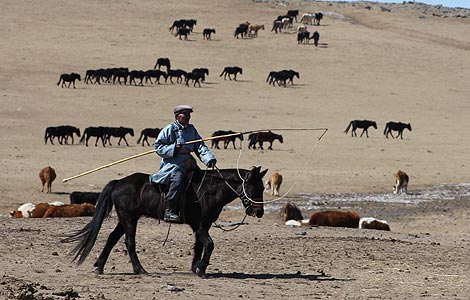
|

|
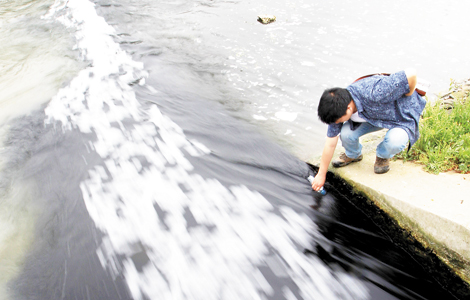
|
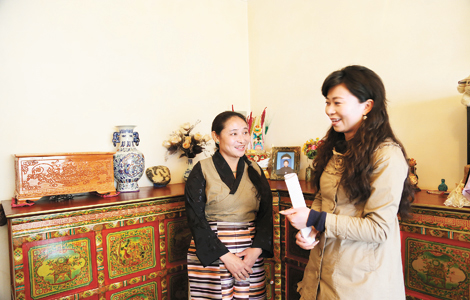
|
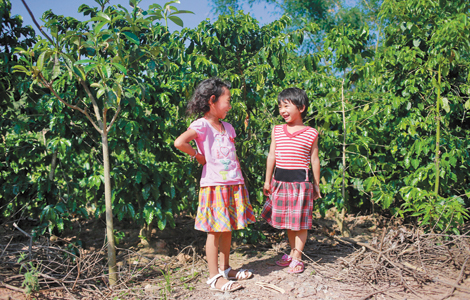
|

|
